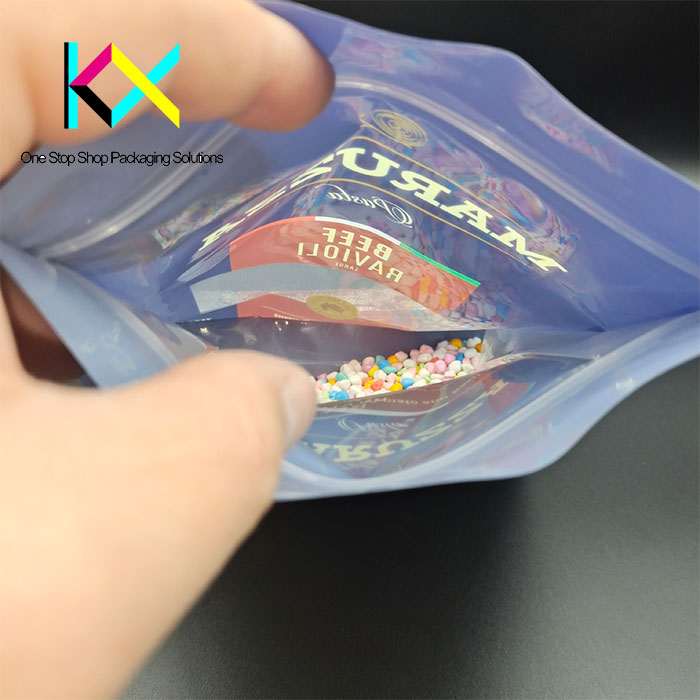Are Retort Pouches Considered Flexible Packaging? Unveiling the Evolution of High-Tech Food Pouches
The packaging industry’s shift toward lightweight, sustainable solutions has thrust flexible packaging into the spotlight. But where do high-temperature retort pouches—those sturdy, shelf-stable bags used for ready-to-eat meals and pet food—fit into this category? The answer lies at the intersection of material science, functionality, and evolving sustainability mandates reshaping the global flexible packaging sector.
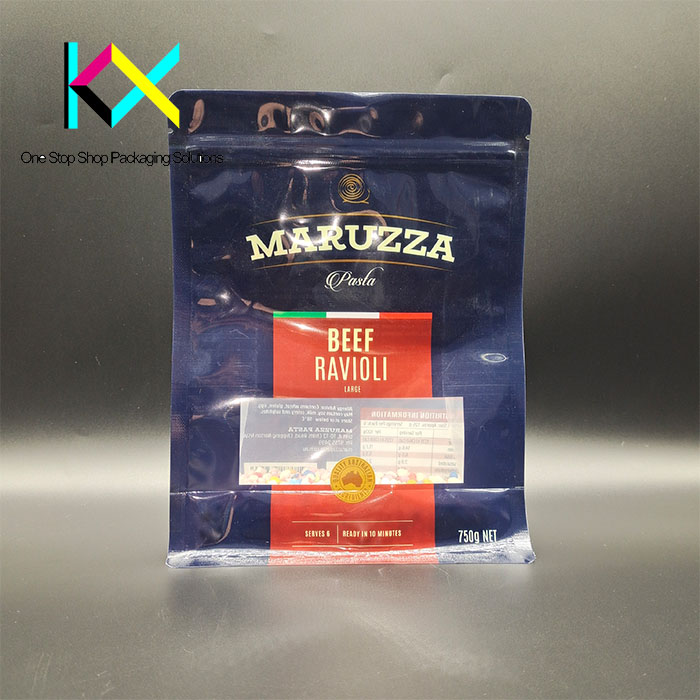
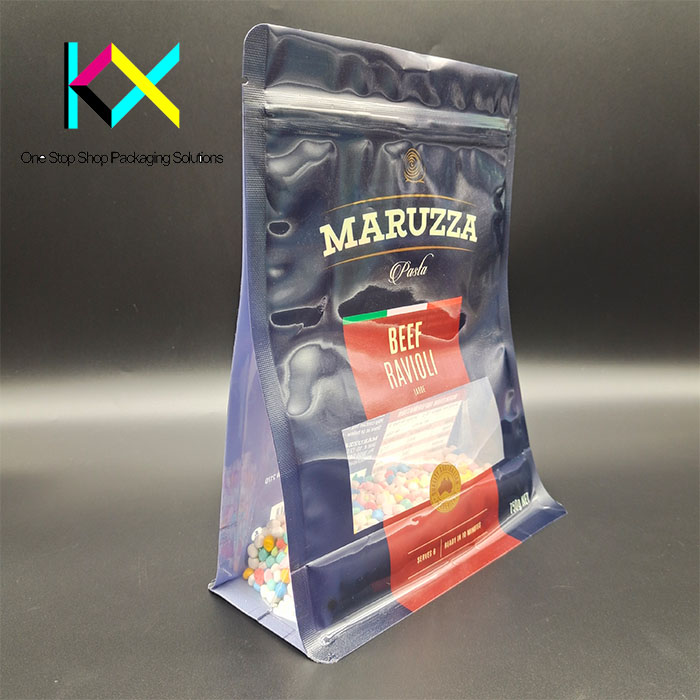
Retort Pouches: A Subset of Flexible Packaging
Retort pouches are indeed a specialized form of flexible packaging. Unlike traditional rigid containers, these multilayer structures combine polyester, aluminum foil, and polypropylene to withstand sterilization at 121°C (250°F). Their flexibility, lightweight design, and space efficiency align perfectly with core flexible packaging advantages. However, their ability to endure extreme thermal processing sets them apart from standard pouches.
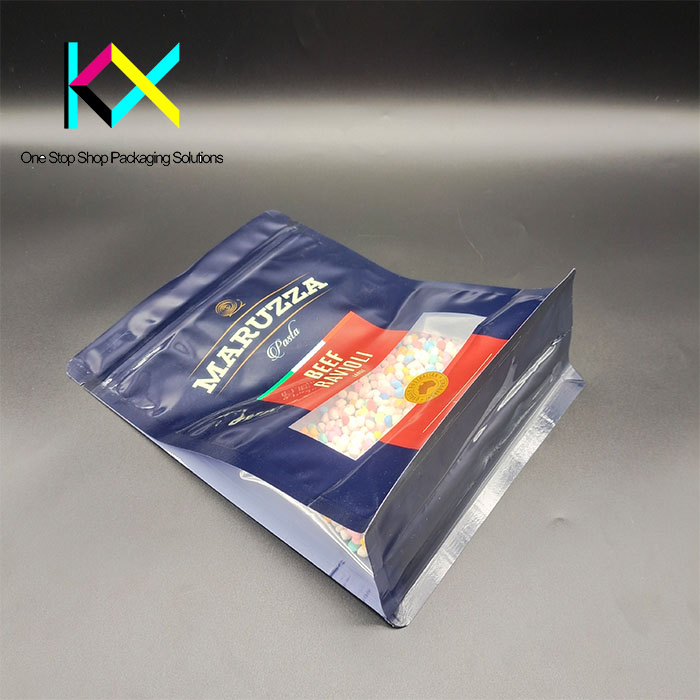
Cutting-Edge Innovations Driving the Sector
As brands demand packaging that balances performance with eco-credentials, manufacturers are reengineering retort pouches:
1. Monomaterial Barriers
Companies like Dow Chemical and Amcor are pioneering all-polypropylene retort pouches using plasma-enhanced SiO₂ coatings. These eliminate aluminum foil while maintaining oxygen barriers <0.5 cc/m²/day—critical for European brands complying with the EU’s Single-Use Plastics Directive.
2. Digital Flexo Printing
Advanced digital printing technologies from suppliers like Esko and Mark Andy enable high-resolution graphics on retort pouches without compromising seal integrity. This caters to the growing demand for short-run, customized packaging from DTC meal kit startups.
3. Smart Label Integration
Thin Film Electronics (Thinfilm) now embeds NFC tags between pouch layers, allowing consumers to scan for cooking instructions or supply chain data—a feature increasingly requested by UK and German retailers.
4. Recyclable Structures
The Holy Grail 2.0 initiative, involving PepsiCo and Mars, has accelerated development of curbside-recyclable retort pouches. Brands like Mondi’s BarrierPack Recyclable use functional barriers compatible with existing PE recycling streams.
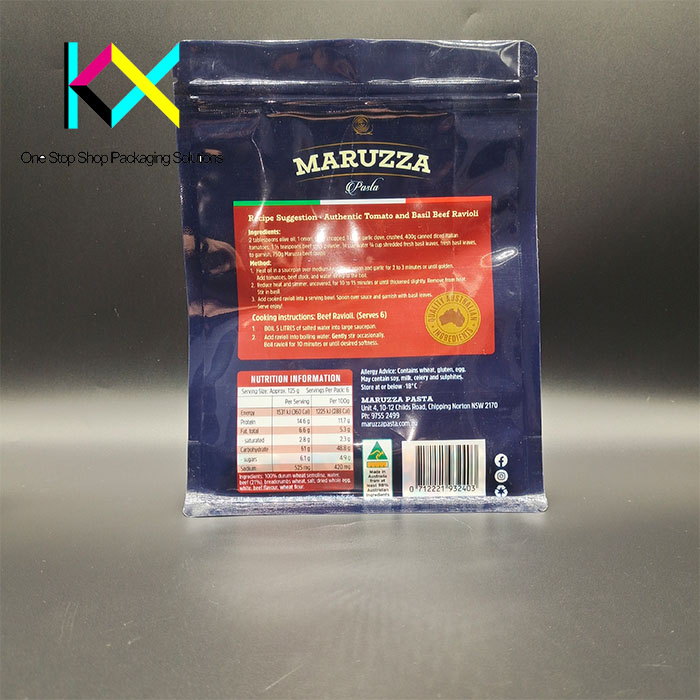
Sustainability Pressures Reshaping Manufacturing
With 68% of EU consumers willing to pay more for sustainable packaging (Smithers 2023), converters are adopting:
Bio-Based Adhesives: Henkel’s Technomelt Supra ECO reduces carbon footprint in lamination processes
Chemical Recycling: Eastman’s molecular recycling upcycles used retort pouches into food-grade materials
Water-Based Coatings: Michelman’s Hydroluxe 312 replaces solvent-based systems in high-barrier applications
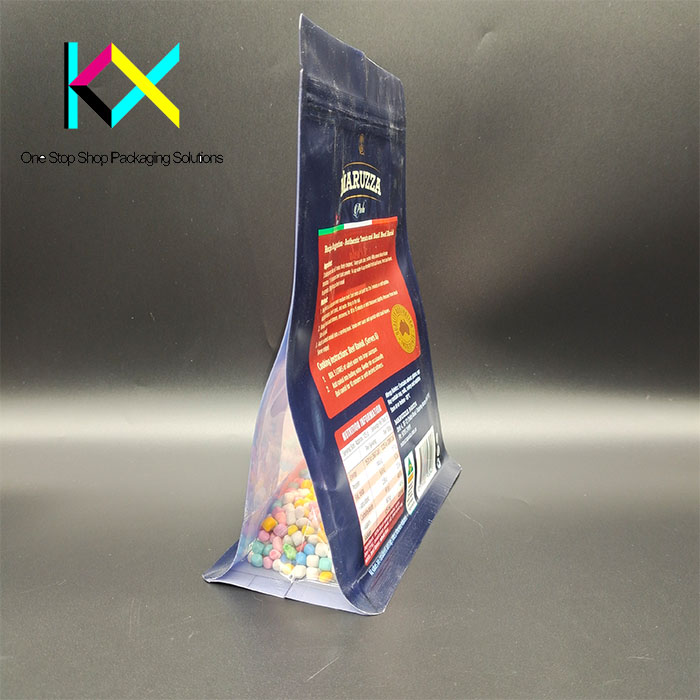
Regional Trends in Flexible Packaging
North America: The shift toward home meal kits has boosted demand for small-batch retort pouches with USDA/FDA-compliant digital printing.
Europe: EPR regulations drive investments in monomaterial solutions and compostable alternatives for organic baby food.
Global Markets: Export-focused Asian manufacturers are adopting AI-guided QC systems to meet ISO 22000 certifications required by Western importers.
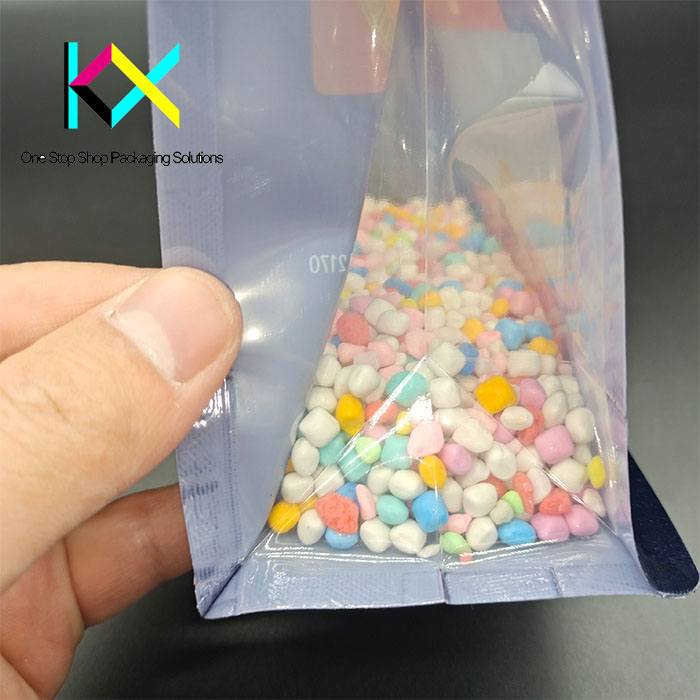
The Future: Where Retort Meets Intelligence
Next-gen retort pouches will likely incorporate:
Self-Healing Seals: Polymers that repair minor breaches during thermal cycling
Active Freshness Indicators: Color-changing inks reacting to pH or gas changes
Blockchain-Enabled Traceability: QR codes linking to farm-to-pouch ingredient journeys
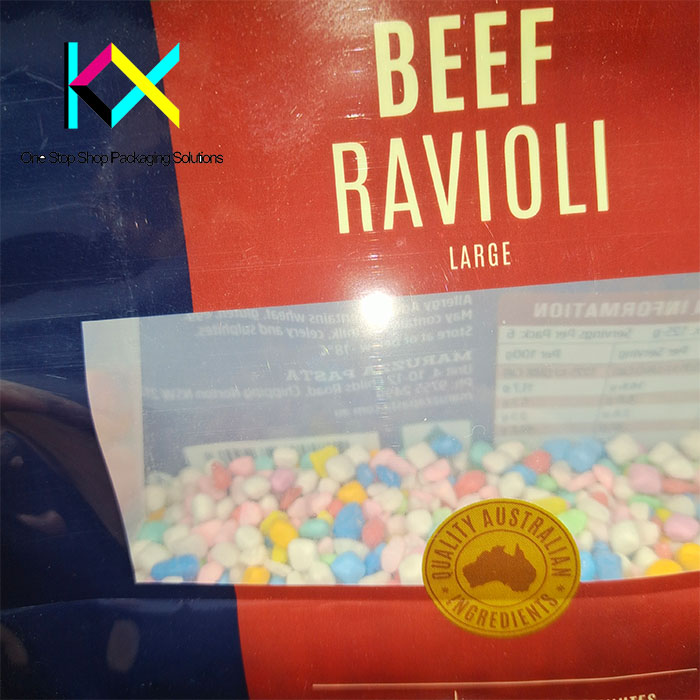
Why Partner with Specialized Converters?
Choosing a flexible packaging supplier requires evaluating:
-
Multi-Layer Extrusion Capabilities
-
Compliance with FDA 21 CFR 175.300
-
Small MOQ Support for NPD Launches
-
Carbon-Neutral Production Certifications
At Kexin Packaging, our retort solutions blend aerospace-grade barrier films with compostable inner layers, serving clients from Boston to Barcelona. Our recent collaboration with a Michelin-starred meal delivery service achieved a 40% packaging weight reduction while extending shelf life by 15%.
The question isn’t whether retort pouches are flexible packaging—it’s how smart, sustainable innovations will redefine this category. As e-commerce groceries and clean-label foods dominate Western markets, the fusion of retort technology with circular design principles will separate industry leaders from followers.
Explore Next-Gen Solutions: Whether you need child-resistant spouts for medical nutrition or mineral-based barrier films for organic soups, the future of flexible packaging is being written today—one retort pouch at a time.
You can visit our website to know more about our flexible packaging pouch:
